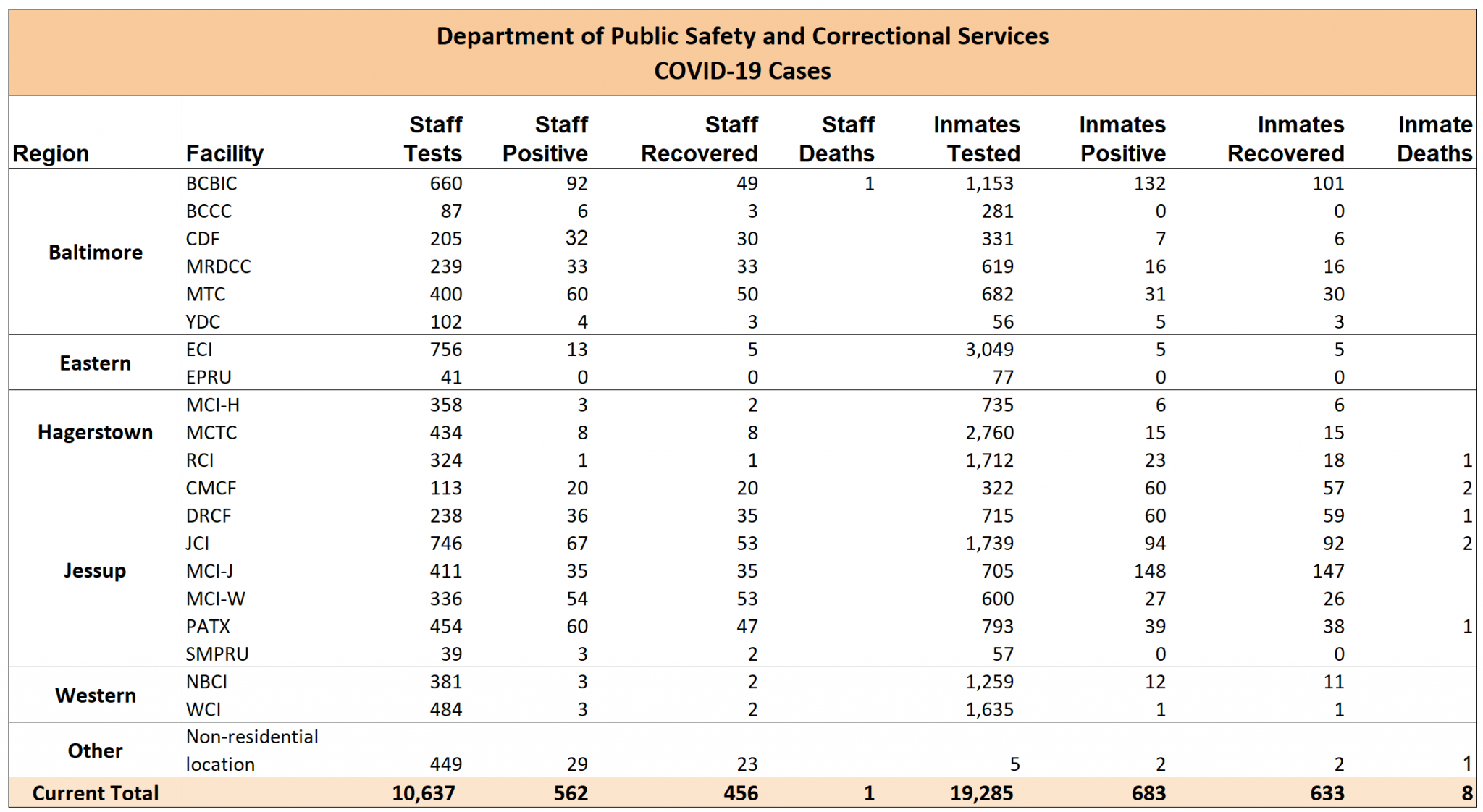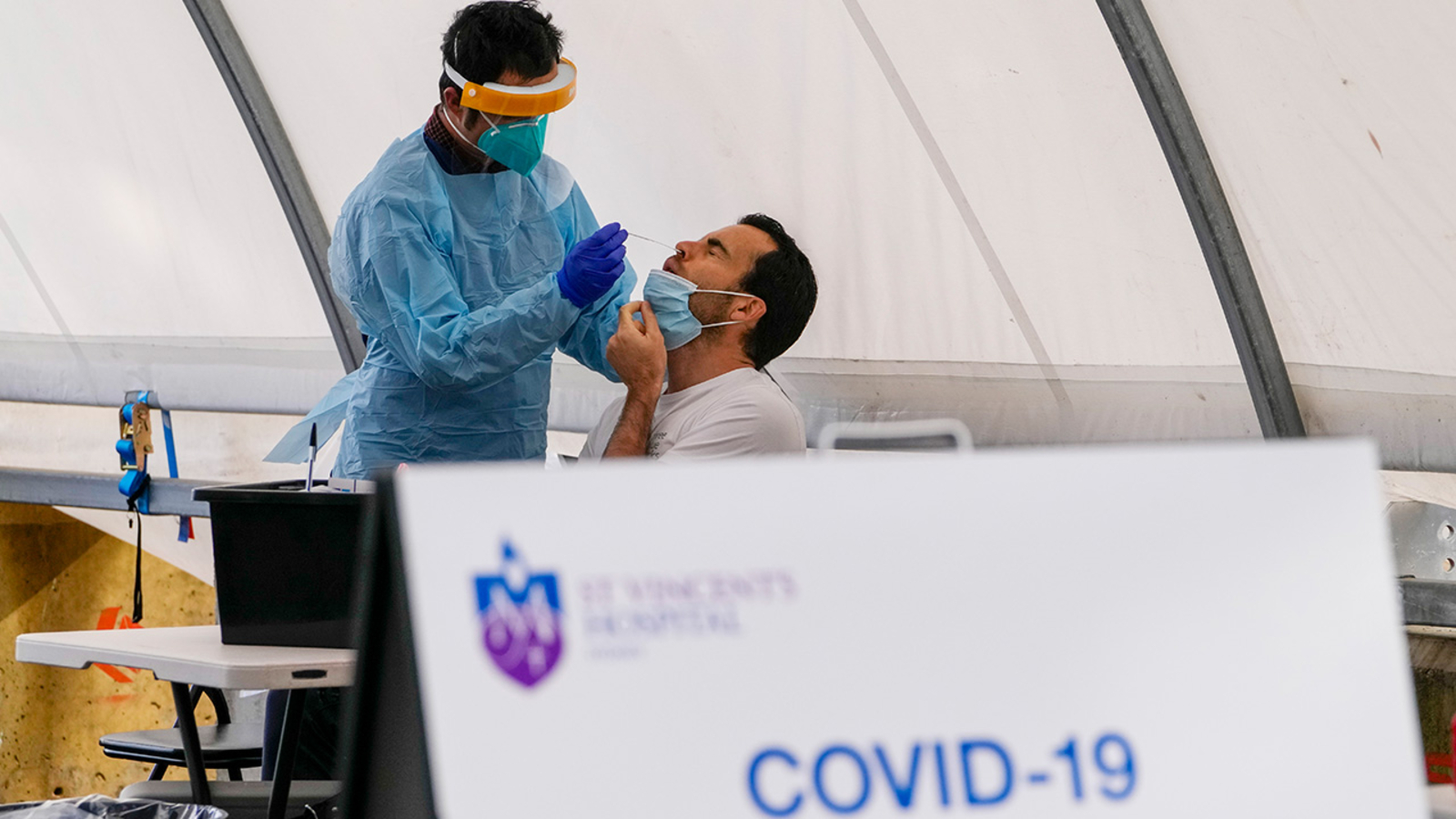Rising COVID-19 Cases: Is A New Variant To Blame?

Table of Contents
The Role of New COVID-19 Variants in Rising Case Numbers
The emergence of new COVID-19 variants is a significant factor influencing the fluctuating case numbers worldwide. Understanding the characteristics of these variants is crucial for predicting and mitigating future outbreaks.
Identifying Emerging Variants
Global genomic surveillance is critical for detecting new variants and understanding their potential impact. Several organizations play a key role in this process:
- World Health Organization (WHO): The WHO provides global coordination and guidance on variant classification and response.
- Centers for Disease Control and Prevention (CDC): The CDC monitors and analyzes COVID-19 variants within the United States.
- Numerous national and regional public health labs: These labs contribute to global variant tracking by sequencing and analyzing viral samples.
Variant classification is based on several factors including:
- Specific mutations: Mutations in the virus's genetic code can affect its properties, such as transmissibility and virulence.
- Phylogenetic analysis: This technique compares the genetic sequences of different viral strains to identify relationships and evolutionary pathways.
- Clinical impact: The severity of illness caused by a variant influences its classification and public health response.
However, challenges remain in variant detection and tracking:
- Uneven global surveillance: Access to genomic sequencing and data reporting varies across countries, leading to potential biases in global data.
- Rapid evolution: The virus continues to evolve, making it difficult to predict future variants and their characteristics.
- Latency period: There is a time lag between variant emergence, detection and the observed impact on infection rates.
Analyzing the Characteristics of New Variants
Understanding the characteristics of new variants is critical for predicting their impact. Key characteristics to consider include:
- Transmissibility: Some variants, like Omicron subvariants, are known to be significantly more transmissible than earlier strains. This increased transmissibility directly contributes to rising case numbers.
- Vaccine effectiveness: Mutations can affect the effectiveness of vaccines. While vaccines still offer significant protection against severe illness and hospitalization, their effectiveness may be reduced against some variants. Booster shots are crucial to maintain a high level of immunity.
- Severity of illness: While some variants may be more transmissible, they may not necessarily cause more severe illness. However, certain variants may pose a higher risk to specific populations, like immunocompromised individuals.
Factors Beyond New Variants Contributing to Rising COVID-19 Cases
While new variants are undoubtedly important, it’s crucial to acknowledge other factors contributing to rising COVID-19 cases.
Seasonal Fluctuations and Immunity Waning
Seasonal changes can influence transmission rates due to increased indoor gatherings and reduced exposure to sunlight (which impacts virus survival). Additionally, immunity wanes over time after vaccination or infection.
- Decreased immunity: The effectiveness of both natural immunity following infection and vaccine-induced immunity gradually decreases over time, leading to increased vulnerability to infection.
- Seasonal factors: Winter months generally see increased transmission due to the factors listed above.
- Booster shots: Booster shots are essential to restore and maintain immunity levels, thus reducing susceptibility to infection.
Reduced Public Health Measures
A decrease in public health measures can also play a significant role in rising case numbers.
- Reduced testing: Lower testing rates can lead to underreporting of actual case numbers, creating a false sense of security.
- Relaxed mask mandates and social distancing: These measures were crucial in limiting transmission; their relaxation increases the likelihood of infection spread.
- Implications of relaxed measures: The combined effect of decreased testing and relaxed public health measures can lead to a significant increase in both undetected and reported cases.
Data Analysis and Epidemiological Studies
Careful analysis of epidemiological data is critical for understanding trends and predicting future outbreaks.
Interpreting Case Numbers and Hospitalizations
Interpreting COVID-19 data requires caution and consideration of various factors:
- Reliable data sources: Relying on verified and consistent data sources from reputable organizations is crucial for accurate analysis.
- Biases in reporting: Differences in testing rates and reporting practices between regions can create biases in the data.
- Correlation between cases and hospitalizations: While rising case numbers are concerning, monitoring hospitalization rates provides a better understanding of the severity of the situation.
Predictive Modeling and Future Outbreaks
Epidemiological models are essential for forecasting future trends:
- Limitations of models: Predictive models are not perfect and rely on numerous assumptions about the virus's behavior and human behavior.
- Factors considered in modeling: These models incorporate factors like variant spread, vaccination rates, and public health interventions.
- Ongoing surveillance: Continuous monitoring and adaptation of these models are necessary due to the virus's ever-evolving nature. Maintaining preparedness is vital for responding to future outbreaks effectively.
Conclusion
The increase in rising COVID-19 cases is a multifaceted problem. While new variants undoubtedly play a role, factors like waning immunity, seasonal patterns, and reduced public health measures also contribute significantly. Careful data analysis and continued genomic surveillance are vital for informing effective response strategies. Staying informed about the latest developments regarding rising COVID-19 cases and new variants is crucial for protecting yourself and your community. Remember to consult your healthcare provider for guidance on vaccination, testing, and other preventative measures. Understanding the factors driving rising COVID-19 cases is key to mitigating future outbreaks.

Featured Posts
-
 Covid 19 Jn 1 Variant Symptoms Concerns And Current Information
May 31, 2025
Covid 19 Jn 1 Variant Symptoms Concerns And Current Information
May 31, 2025 -
 Kelvedon Man Admits To Animal Pornography Charges
May 31, 2025
Kelvedon Man Admits To Animal Pornography Charges
May 31, 2025 -
 Support Cancer Research 2025 Love Moto Online Auction
May 31, 2025
Support Cancer Research 2025 Love Moto Online Auction
May 31, 2025 -
 Your 30 Day Journey To A Minimalist Home
May 31, 2025
Your 30 Day Journey To A Minimalist Home
May 31, 2025 -
 Analysis Elon Musks Exit From The Trump Administration
May 31, 2025
Analysis Elon Musks Exit From The Trump Administration
May 31, 2025
